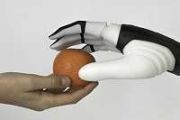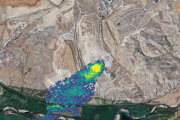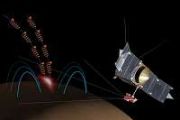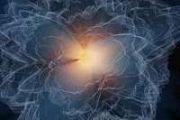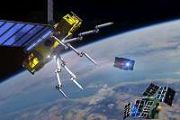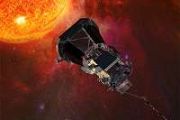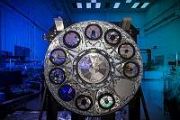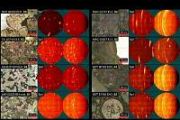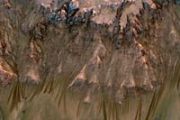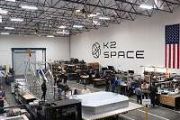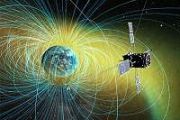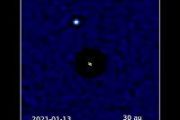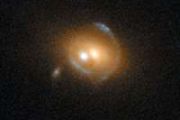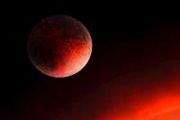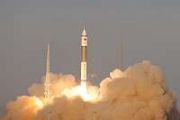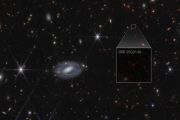
Copernical Team
Mom and daughter bound for space after winning Virgin Galactic prize
 A health coach from Antigua and Barbuda has won two tickets worth almost $1 million to be among Virgin Galactic's first space tourists - and plans to take the trip of a lifetime with her teenage daughter.
Keisha Schahaff, 44, said she wanted to cross the final frontier with her 17-year-old, a science student living in Britain who dreams of one day working for NASA.
Virgin Galactic foun
A health coach from Antigua and Barbuda has won two tickets worth almost $1 million to be among Virgin Galactic's first space tourists - and plans to take the trip of a lifetime with her teenage daughter.
Keisha Schahaff, 44, said she wanted to cross the final frontier with her 17-year-old, a science student living in Britain who dreams of one day working for NASA.
Virgin Galactic foun OHB Luxspace inks contract with Exotrail for ExoMGTM electric propulsion system onboard Triton-X Heavy platform.
 Exotrail signed a contract with Luxembourg-based satellite manufacturer OHB Luxspace for a co- engineering phase aiming the further integration of ExoMGTM - cluster2, a configuration of Exotrail's high thrust and flexible electric propulsion product family, into the Triton-X Heavy platform. This co-engineering phase comes as part of the development of a next generation of multi-mission microsate
Exotrail signed a contract with Luxembourg-based satellite manufacturer OHB Luxspace for a co- engineering phase aiming the further integration of ExoMGTM - cluster2, a configuration of Exotrail's high thrust and flexible electric propulsion product family, into the Triton-X Heavy platform. This co-engineering phase comes as part of the development of a next generation of multi-mission microsate Astronomers discover ancient brown dwarf with lithium deposits intact
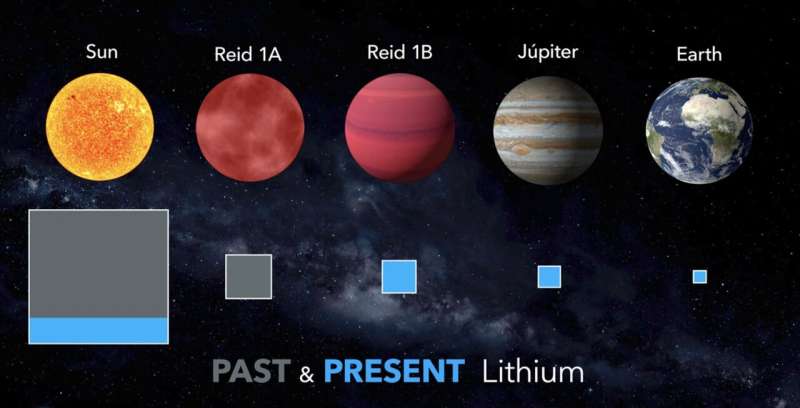
Caribbean mom wins two tickets to space in Virgin Galactic raffle

A health coach from the Caribbean nation of Antigua and Barbuda has won two tickets worth almost $1 million to be among Virgin Galactic's first space tourists, the company said Wednesday.
Keisha Schahaff, 44, said she wanted to take the flight into Earth's orbit with her 17-year-old daughter, a science student living in Britain who dreams of one day working for NASA.
Virgin Galactic founder Richard Branson surprised Schahaff with the news at her home in Antigua and Barbuda in early November.
"I just thought I was doing a zoom interview," she told AFP.
"When I saw Richard Branson walking in I just started screaming! I couldn't believe it.
Russia launches new docking module to ISS
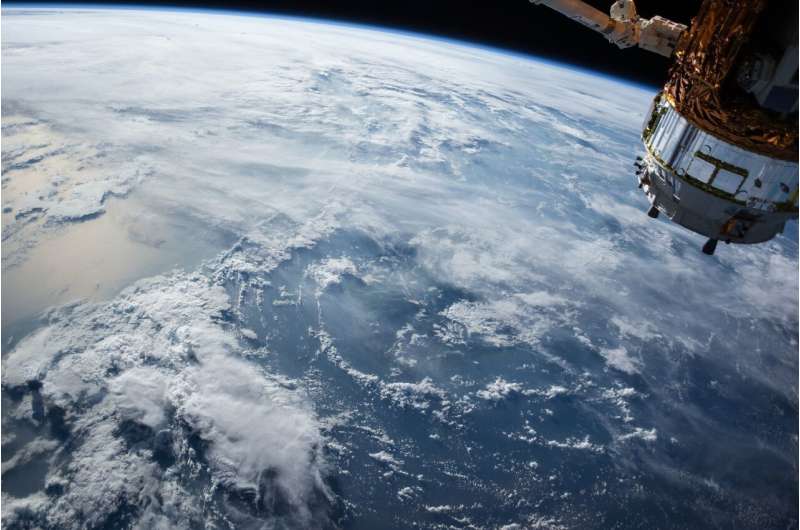
A Russian Soyuz rocket carrying the new Prichal docking module for the International Space Station blasted off from the Baikonur cosmodrome in Kazakhstan on Wednesday, the Roscosmos space agency said.
A live feed from Roscosmos showed the carrier rocket taking off against a dark evening sky from the Russia-leased spaceport at the scheduled time of 1306 GMT.
Prichal—which means "pier" in Russian—is the second permanent addition to the Russian segment of the ISS this year, after the lond-awaited arrival of the Nauka lab module.
The module's journey to the ISS will take two days and is scheduled for automated docking at the nadir (Earth-facing) port of the Nauka module on Friday November 26, Roscosmos said.
According to Roscosmos, the five-tonne docking module can accomodate up to five spacecraft and will also deliver various cargo to the ISS, including food rations, repair tool and hygiene supplies.
The docking of Nauka in July had complications after its thrusters unexpectedly fired, causing the stations to briefly tilt out of orbit.
Last week, Russia faced an international backlash after Moscow destroyed a satellite creating a cloud of space debris that forced the ISS crew to take shelter.
Update on Webb telescope launch

The launch readiness date for the James Webb Space Telescope (Webb) is moving to no earlier than 22 December 2021 to allow for additional testing of the observatory, following a recent incident that occurred during Webb's launch preparations.
Galileo prototype GIOVE-A switched off after 16 years in orbit
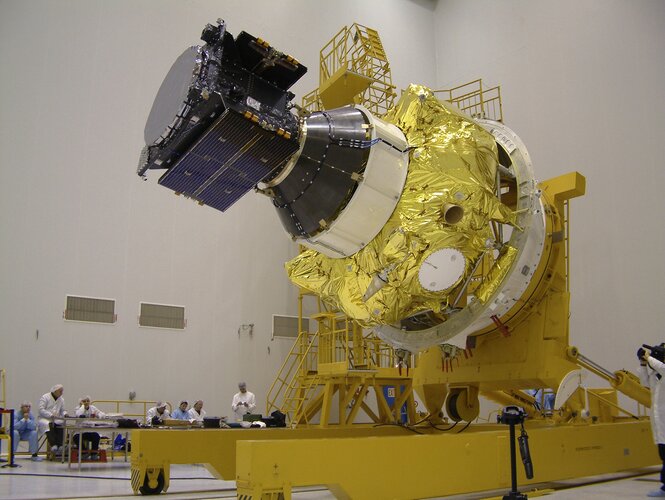
Europe’s first prototype satellite for Galileo, GIOVE-A, has today been formally decommissioned after 16 years of work in orbit. The 2005-launched mission secured Galileo’s radio frequencies for Europe, demonstrated key hardware and probed the then-unknown radiation environment of medium-Earth orbit.
Apply now to the brand new ESA Junior Professional Programme!
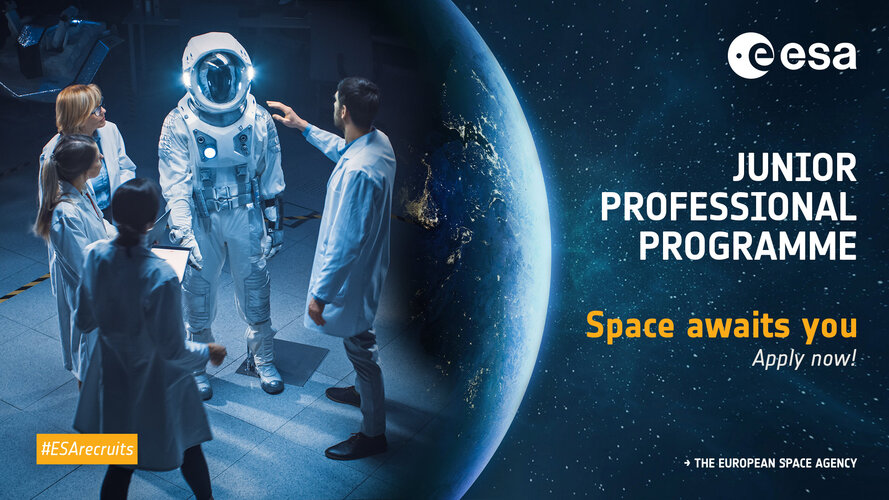
Positions are now open for Junior Professionals! Do you have a strong interest in space? Do you aspire to channel your knowledge, interest and experience into a career in the space sector? Open to Master’s degree graduates with two to three years of professional experience, this programme offers a three-year placement with the opportunity to join ESA’s permanent workforce upon completion of the assignment.
Gaia reveals that most Milky Way companion galaxies are newcomers to our corner of space
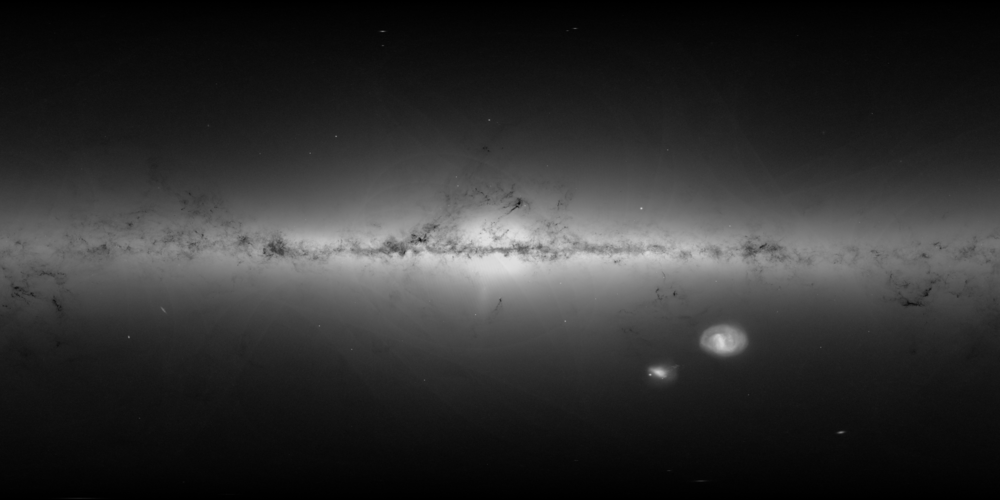
Data from ESA’s Gaia mission is re-writing the history of our galaxy, the Milky Way. What had traditionally been thought of as satellite galaxies to the Milky Way are now revealed to be mostly newcomers to our galactic environment.
NASA, SpaceX Launch DART: First Test Mission to Defend Planet Earth
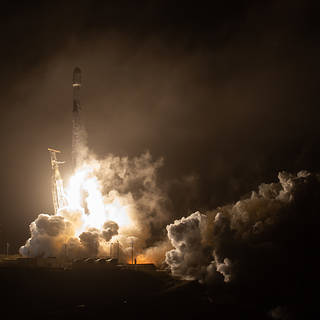 NASA’s Double Asteroid Redirection Test (DART), the world’s first full-scale mission to test technology for defending Earth against potential asteroid or comet hazards, launched Wednesday at 1:21 a.m. EST on a SpaceX Falcon 9 rocket from Space Launch Complex 4 East at Vandenberg Space Force Base in California.
NASA’s Double Asteroid Redirection Test (DART), the world’s first full-scale mission to test technology for defending Earth against potential asteroid or comet hazards, launched Wednesday at 1:21 a.m. EST on a SpaceX Falcon 9 rocket from Space Launch Complex 4 East at Vandenberg Space Force Base in California. 








